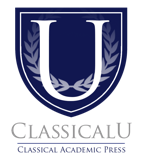Lesson 2: Why the Seven Liberal Arts are “Liberating” (Preview Content)
In this presentation, Christopher Perrin explains why the liberal arts not only bring freedom but justice as well.
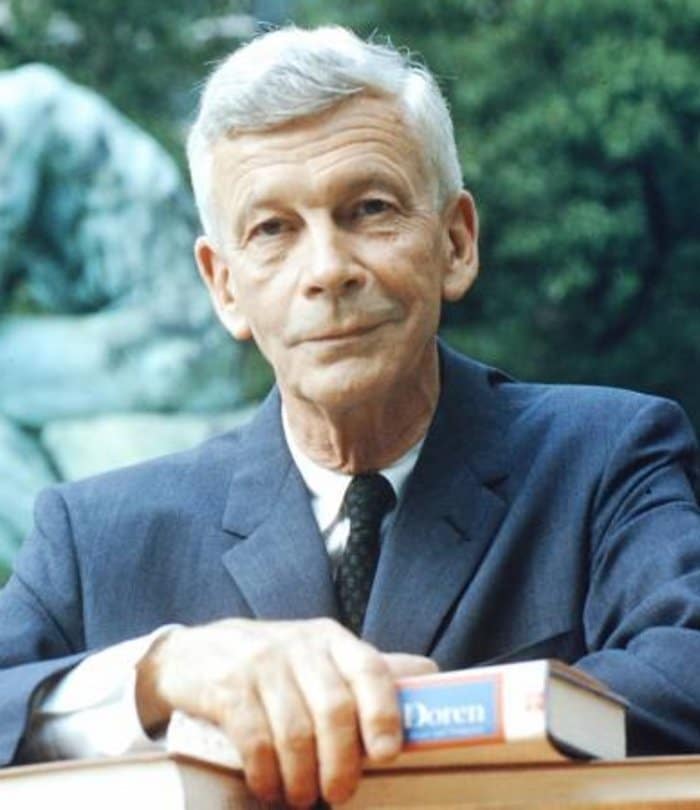
Mark Van Doren (1894-1972) “The liberal arts are the liberating arts. They involve memory, calculation, manipulation, and measurement, and call for dexterity of both mind and hand. Without these powers no mind is free to be what it desires.” 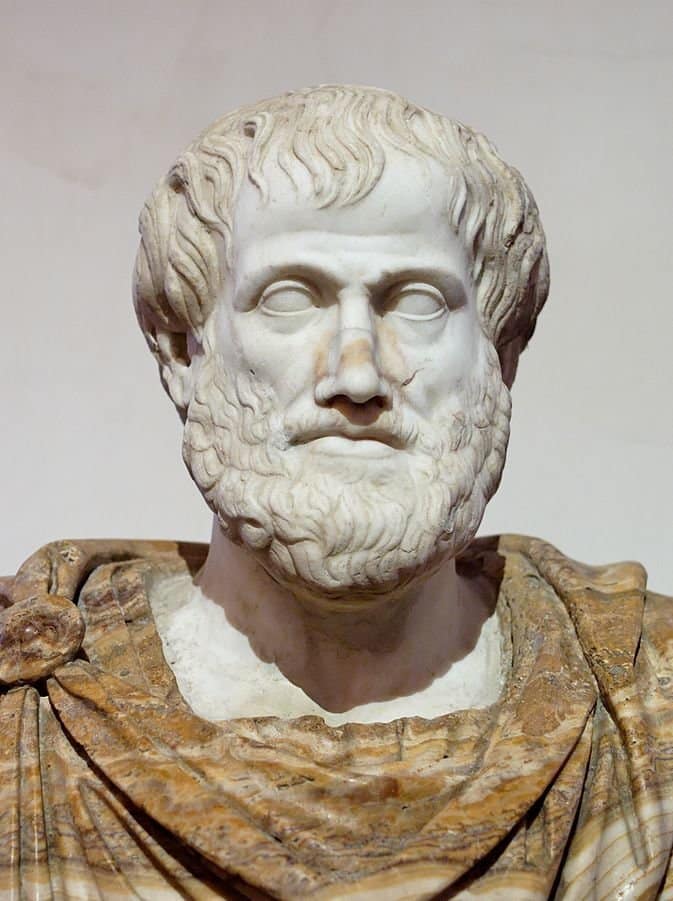
Aristotle (384-322 BC)
“A form of education for boys not that is useful and necessary but that is liberal and noble.” “There are perhaps four customary subjects of education: reading and writing, gymnastics, and…drawing.”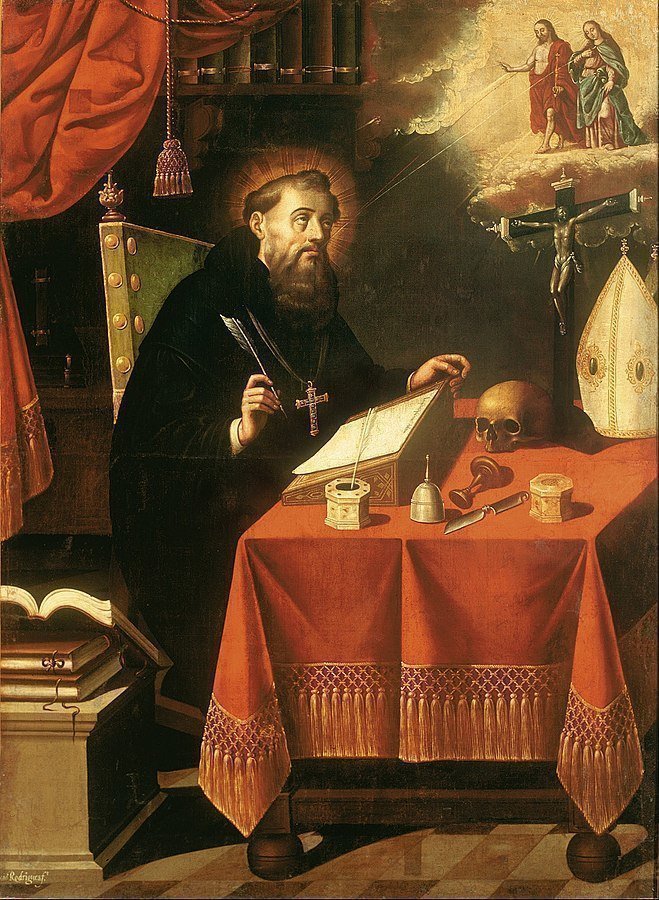
Saint Augustine (354-430 AD) St. Augustine’s classical education allowed him to “read anything that was written, understand anything he heard said, and say anything he thought,” mirroring the Trivium of Grammar, Logic, and Rhetoric. Image: “Saint Augustine,” by Antonio Rodriguez (1000) 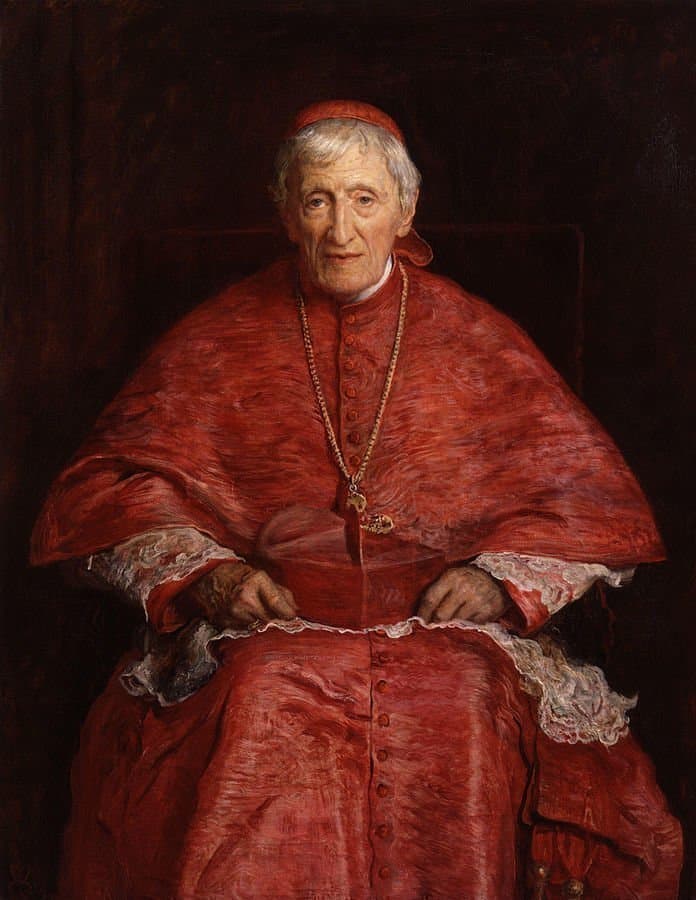
Cardinal John Henry Newman (1801-1890) “That perfection of the Intellect which is the result of education, and its beau ideal, to be imparted in their respective measures, is the clear, calm, accurate vision and comprehension of all things, as far as the fine mind can embrace them, each in its place, and with its own characteristics upon it.” Image: “John Henry Newman,” by Sir John Everett Millais (1880) 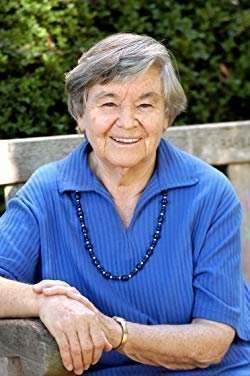
Eva Brann (1929–) “Education forges the bonds of freedom.” The Liberal Arts are “skills, forms of know-how we get good at by practice, by doing problems, proofs, translations, analyses, regularly, several times a week.” 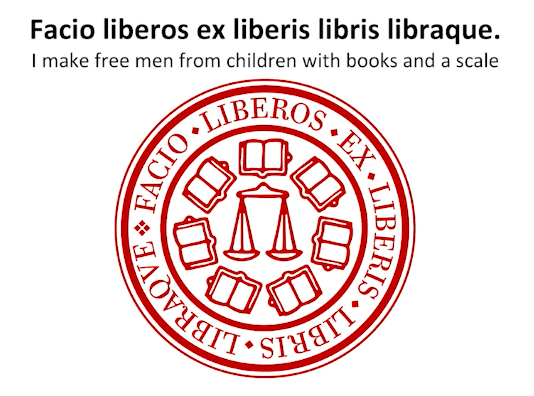
The Seal of St. John’s College Consider the words used on this seal (in Latin and English). Books, learning, the Liberal Arts…all are an intrinsic part of education, and they play a role in setting humans free.
Lesson Content
0% Complete
0/4 Steps


